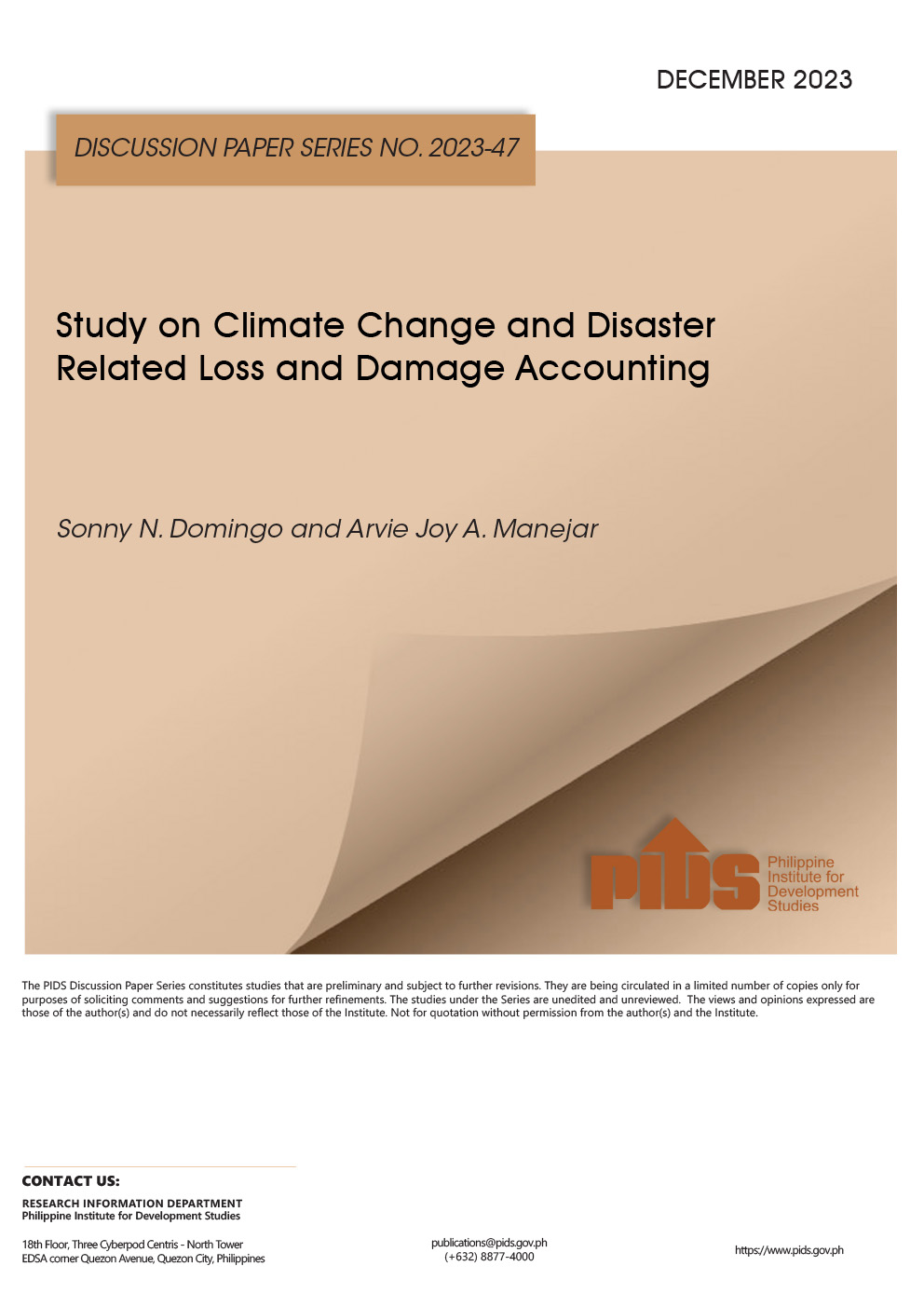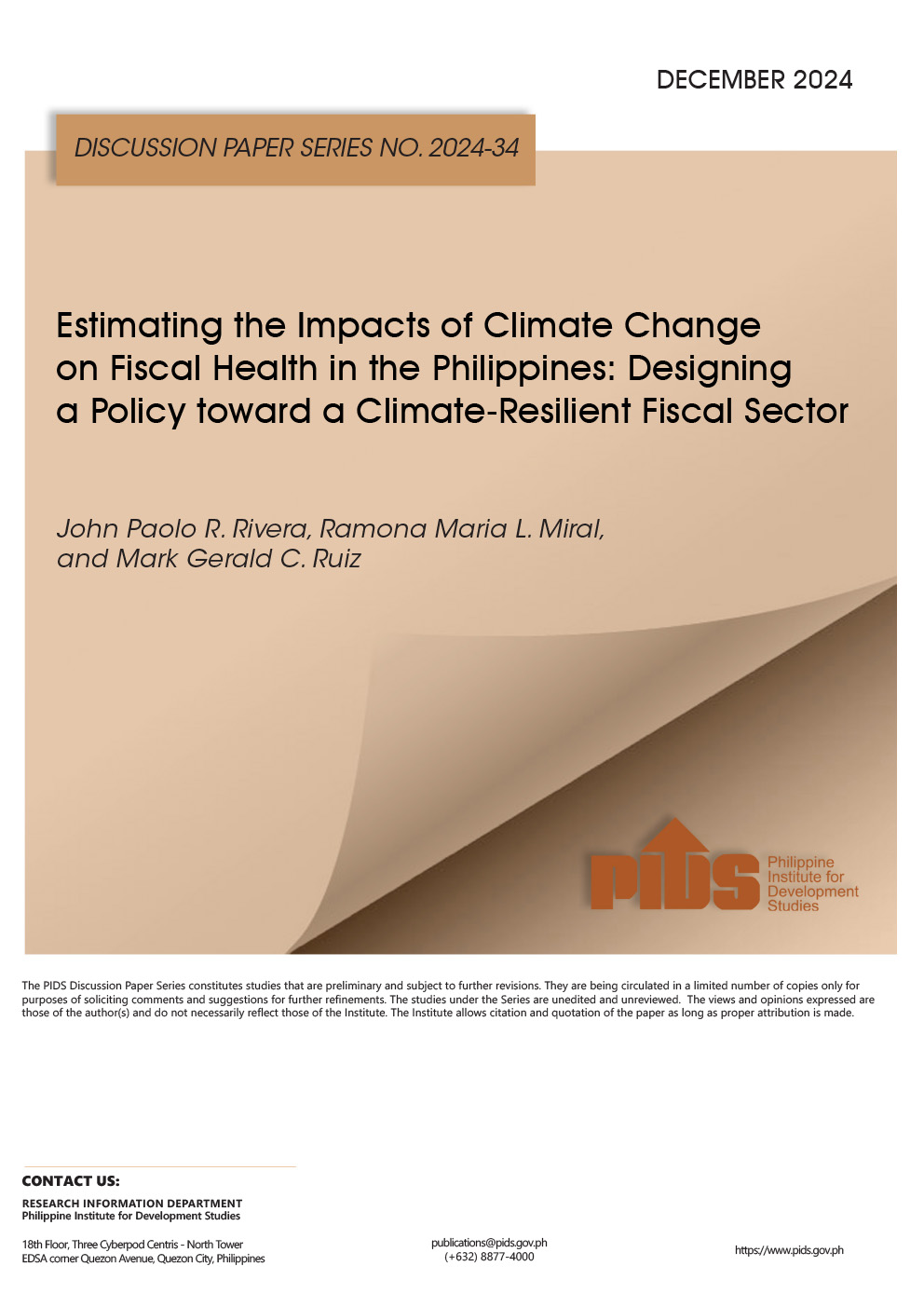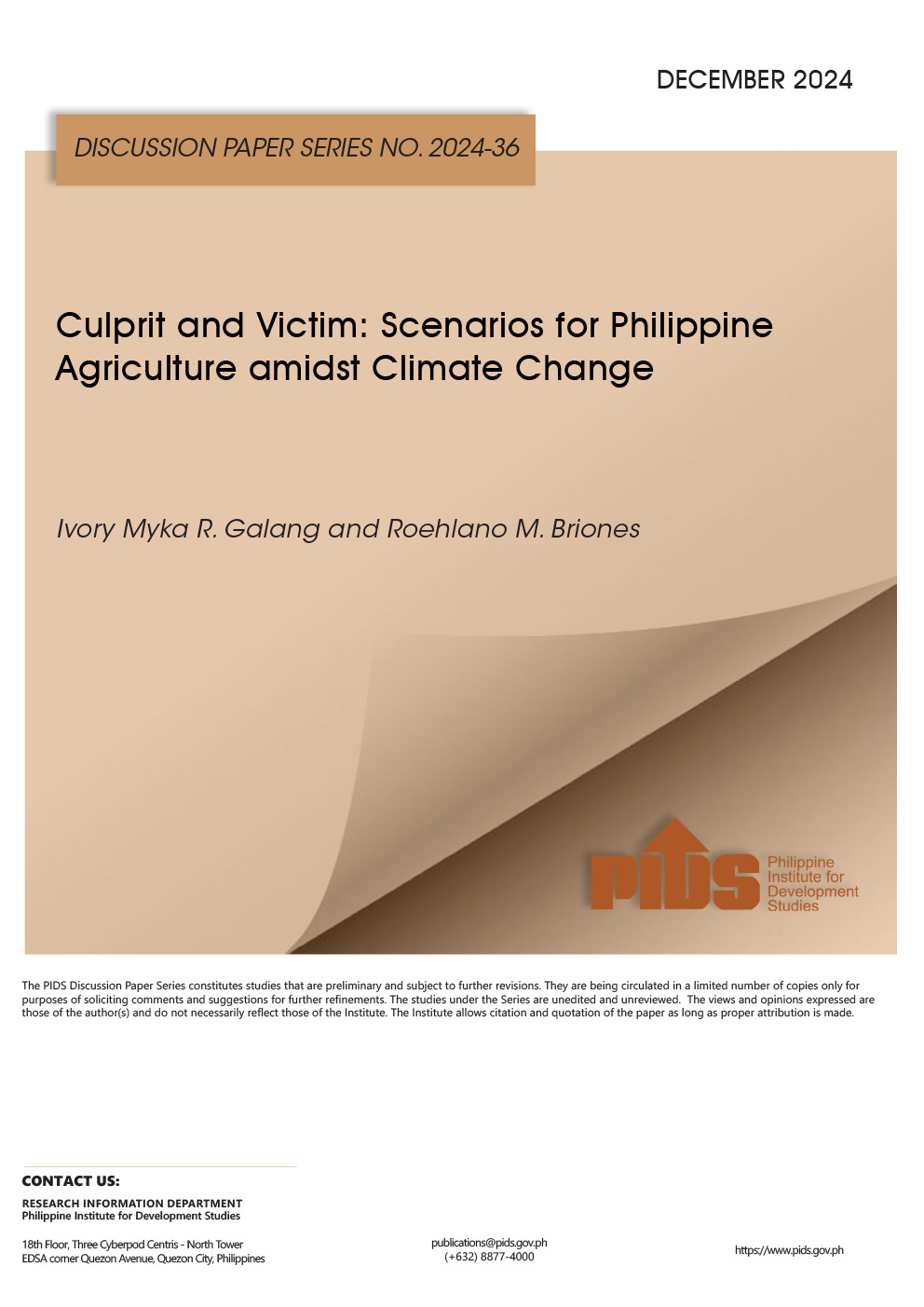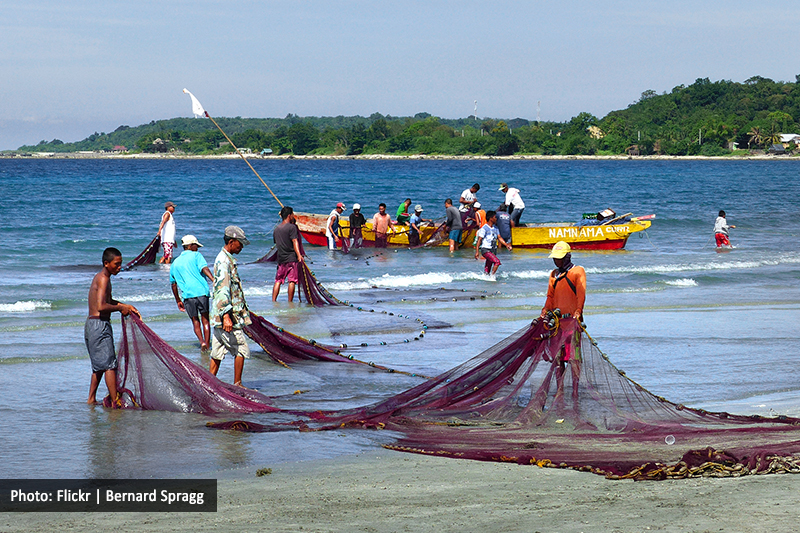UNCONDITIONAL-cash transfers (UCTs) distributed to households affected by Supertyphoon Yolanda (international code name Haiyan) were able to help half of the beneficiaries fully recover from the disaster, according to a study by the Philippine Institute for Development Studies (PIDS).
The researchers found that 61 in every 100 beneficiary households of the UCTs by the United Nations Children’s Fund (Unicef) were able to recover from the disaster, according to PIDS. These households represent about half of the beneficiary households, while the other half have partially recovered.
“Most often people have a condescending view of cash assistance, whether conditional or unconditional, and think that such assistance may only be misused for vices,” the authors said. “[However] it appears that the UCT has actually been a big help to beneficiary households who were Yolanda victims.”
They added: “Not all households, however, have fully recovered almost a year after Yolanda. Six months of assistance may not have been long enough for some households to get back on their feet.”
The study, titled “Lessons on Providing Cash Transfers to Disaster Victims: A Case Study of Unicef’s UCT Program for Super Typhoon Yolanda Victims,” was authored by PIDS President Celia M. Reyes, senior research fellow Jose Ramon G. Albert, and US-based pediatrician Charina Cecille M. Reyes.
The Unicef implemented an emergency UCT to bring quick relief to thousands of Yolanda-affected households in Leyte.
Around 10,000 vulnerable families in Tacloban City and neighboring municipalities of Burauen, Dagami, Julita, La Paz and Pastrana in Leyte received a monthly grant of $100 or P4,370 for a period of six months from February 2014 to July 2014.
The three survey rounds found that households with female heads who received at least high-school level education were more likely to fully recover, while households with additional dependents were less likely to recover.
The authors also found households who merged, engaged in agriculture/coconut farming were less likely to recover and households were more likely to recover if the assistance was prolonged.
“Households who have assets to start with are generally likely to recover compared to those who do not have assets,” the authors said. “Household respondents who lost a job are less likely to fully recover.”
Data also showed households used half the UCT for their food needs. Less than 20 percent were spent for miscellaneous expenses and less than 10 percent for savings.
This led to a significant decline in the prevalence of malnutrition. From 5.3 percent malnourished children less than 5 years old, the UCT was able to bring this down to 1.3 percent by the third round of the survey.
However, there were 21 children located in areas outside of Tacloban who were not malnourished in the first round of the survey but were classified as malnourished by the third round of the survey.
The remaining UCT was used for medicines, diapers, housing repair, livelihood and education-related expenses. The funds were also used to buy vitamins, especially for children.
In education, the authors found there was an overall improvement from round one to round three of the survey, but a slight decrease in school attendance from round two to round three.
There were more males who were out of school than females among children aged 6 to 15. At least 6 out of 10 children who were skipping school are in the 6 to 11 years old age group across the three survey rounds.
The authors said the presence of an illness or disability, lack of interest and lack of allowance were the top three causes of poor school attendance.
“Savings also became increasingly an important use of the assistance. Proportion that went to savings was highest during the first round since families saved part of [the] transfer to be able to buy materials for repairing their houses. However, utilization for miscellaneous expenses and savings has continuously declined over time,” the authors said.
Some beneficiaries used the UCT to start or expand livelihood activities such as pig-raising, sari-sari stores and food vending.
This led to an increase in the average monthly income of households during the entire duration of the six-month program. However, after the program, average monthly income declined with the largest drop recorded in Dagami where income declined by an average of P3,076 per month.
There was also a reduction of unemployment rate among the beneficiary households from 13.4 percent in round one to10.3 percent in round three of the survey. Further, the proportion of children who were engaged in economic activity reduced during the second round of survey, but there was a marked increase during the third round of survey (even slightly higher than that of the first round) after the end of the UCT program.
“Considering that the cash transfer constituted a significant portion of total income of the households, the end of the UCT program meant a significant reduction in the total income of the households. This explains why some households fell back into poverty during the third round.” The UCT was also used for household expenses relating to clothing, shelter, debt, income-generating activities, transportation, agriculture, water and communication.
The authors said the spending for shelter almost doubled between the first and third rounds of the survey. Utilization for income-generating expenses increased by 1.2 percent since the first round.
“Many of the FGD [focus group discussion] participants reported that this was the first time they were able to ‘hold’ and spend such a large amount of money, which allowed beneficiaries to smooth their food consumption [and even to purchase food items that they usually were not able to purchase, such as apples, oranges and other imported fruits],” the authors said.
The National Disaster Risk Reduction and Management Council reported there were 6,293 reported deaths, 28,689 injured and 1,061 missing individuals as a result of Yolanda.
Nearly 3.4 million families, or about 16.1 million persons, were affected by the super typhoon. Out of these numbers, 890,895 families, or 4.1 million persons, were displaced by Yolanda with about 20,924 families staying in 381 evacuation centers for emergency shelter.
Overall, the cost of damage was recorded at about P40 billion, nearly half, or 49 percent, of which was classified as damages to infrastructure.
Yolanda affected nine of the country’s 17 administrative regions, covering 12,122 barangays in 44 provinces, 591 municipalities and 57 cities.
The national government, however, identified only 171 municipalities (located within the 50-kilometer storm track) across 14 provinces and six regions for priority assistance.












